- Italy
- Things to do in Rome
- Pantheon
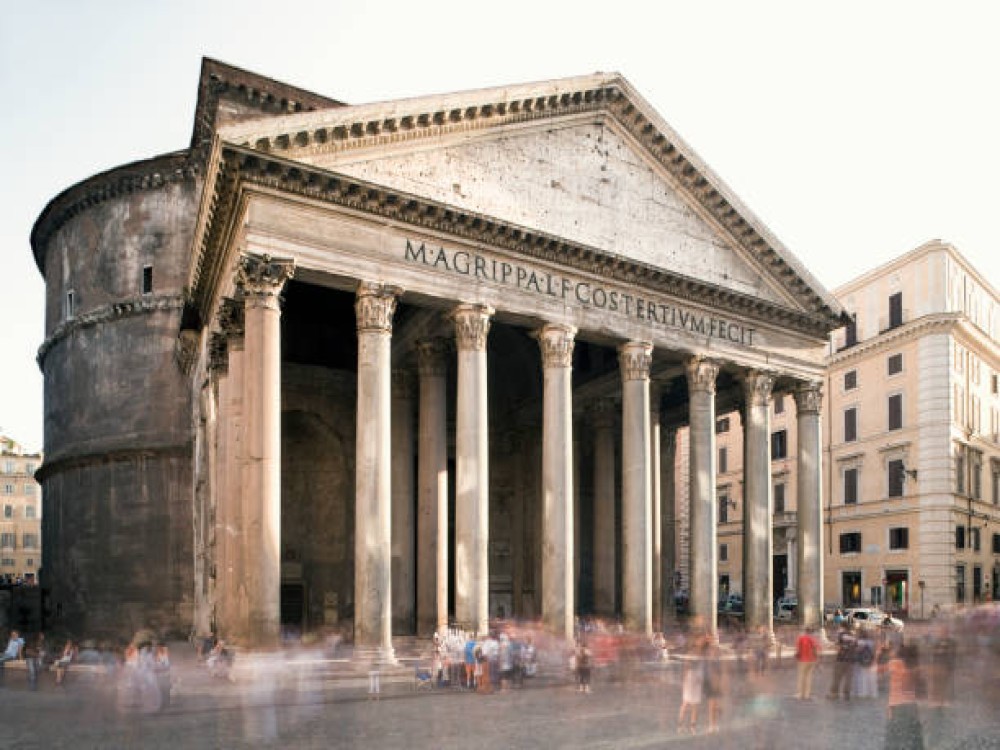
Pantheon
The Pantheon, one of Rome’s most extraordinary ancient monuments, is a marvel of architectural genius and a testament to Roman engineering. Originally built as a temple to all the gods of Ancient Rome, it was completed by Emperor Hadrian around 126 AD, though its origins date back to 27 BC. The Pantheon’s most striking feature is its massive domed roof, which remains the world’s largest unreinforced concrete dome. Inside, the oculus—a circular opening in the dome—lets in natural light, symbolizing the connection between the temple and the gods. Today, the Pantheon is a functioning church, known as the Basilica of St. Mary and the Martyrs, and remains one of Rome's best-preserved ancient structures.
Pantheon Tours & Excursions
The Basics
The Pantheon is located in Rome's vibrant Piazza della Rotonda, making it easy to visit during a tour of the city's historic center. It is open to visitors free of charge, although donations are encouraged to help preserve the monument. The building is not only a highlight of Ancient Roman architecture but also serves as the burial place of notable figures, including the artist Raphael and several Italian kings. The interior of the Pantheon is equally impressive, with its grand columns, intricate marble floors, and the awe-inspiring dome. You can explore the building at your own pace or take advantage of the free audio guide offered on-site.
Things to Know Before You Go
Before visiting the Pantheon, remember it is still an active religious site, so be respectful of its function as a church. This means appropriate dress is required—no sleeveless tops, shorts, or skirts above the knee. Expect to encounter some crowds, especially during peak tourist seasons. Although entry is free, the Pantheon can get busy, and it’s often worth visiting early in the morning or later in the afternoon to avoid the largest crowds. There is a small area dedicated to donations, which helps with maintenance, so consider contributing. You’ll also find various shops and cafés nearby if you'd like to relax afterward.
How to Get There
The Pantheon is centrally located, making it easy to access by foot from many of Rome’s most famous attractions. It’s a short walk from places like Piazza Navona, the Trevi Fountain, and the Spanish Steps. The closest metro station is Barberini (Line A), about a 10-minute walk away, but many visitors prefer to walk as the area around the Pantheon is beautiful and full of historical sites. You can also catch several bus lines that stop at Piazza della Rotonda, making it easy to reach from other parts of Rome. Taxis are another convenient option, though they can be more expensive due to traffic in the city center.
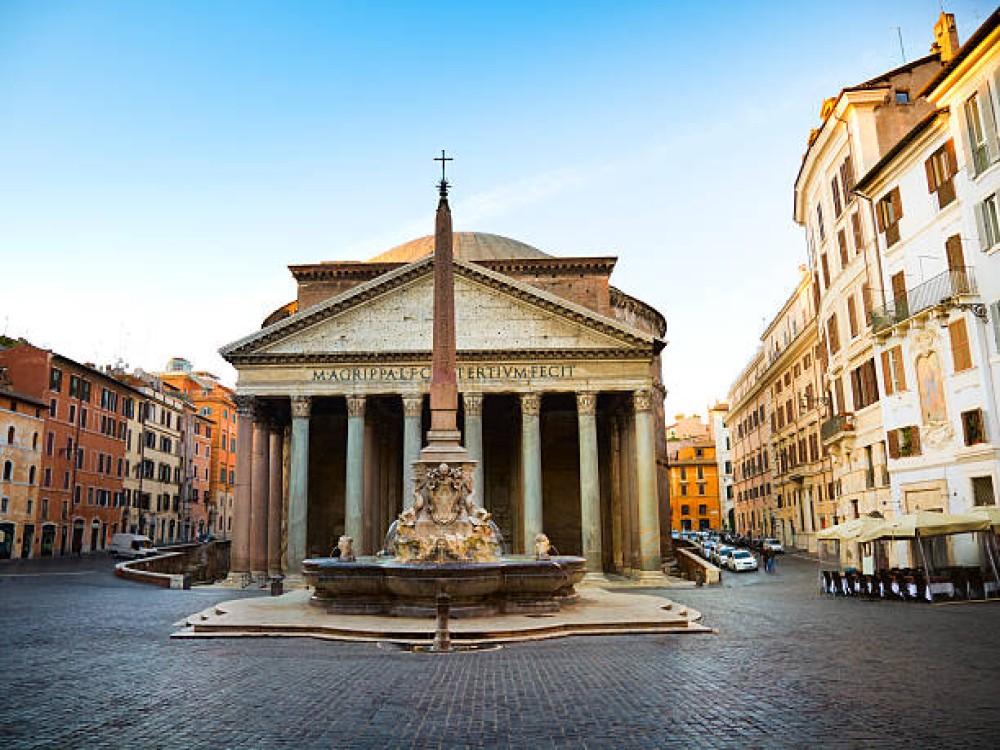
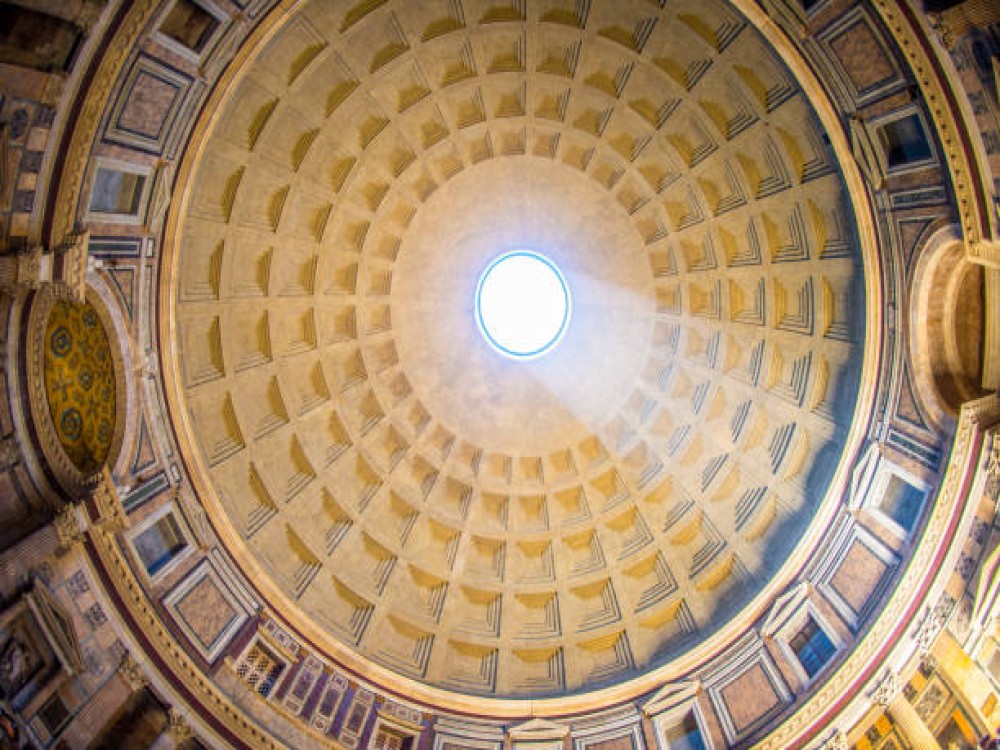
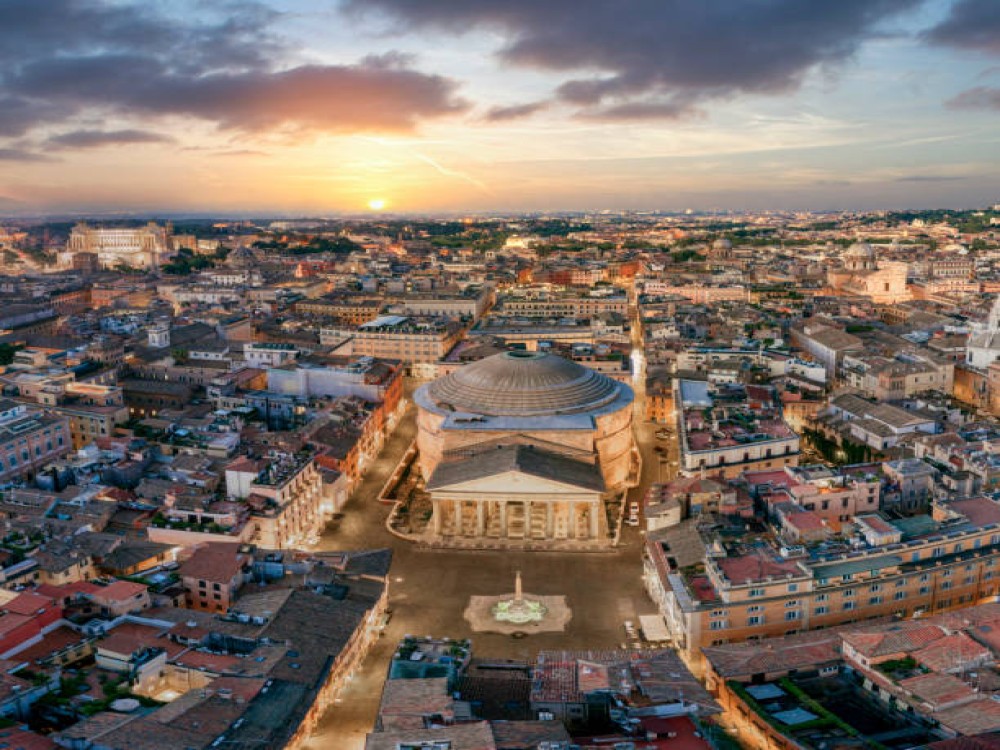
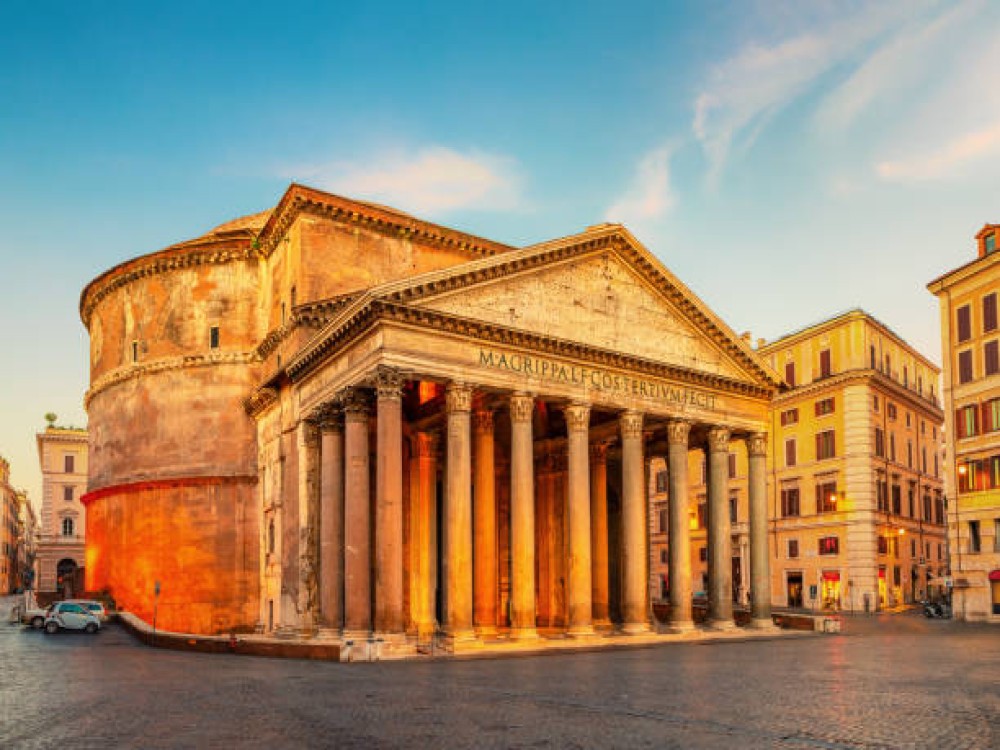
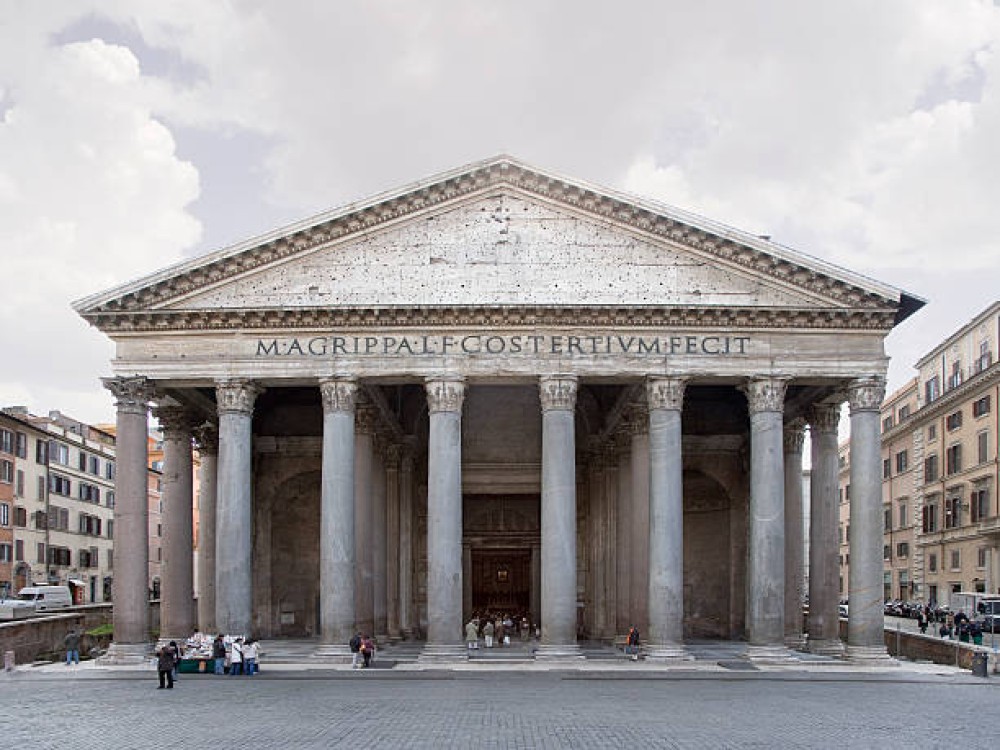
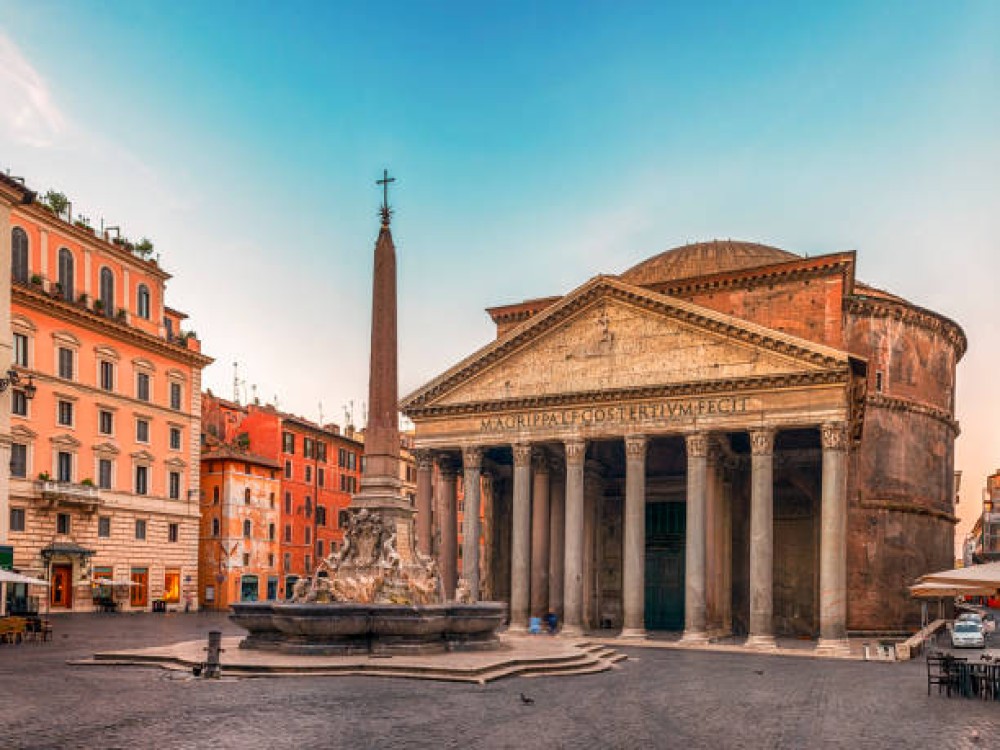
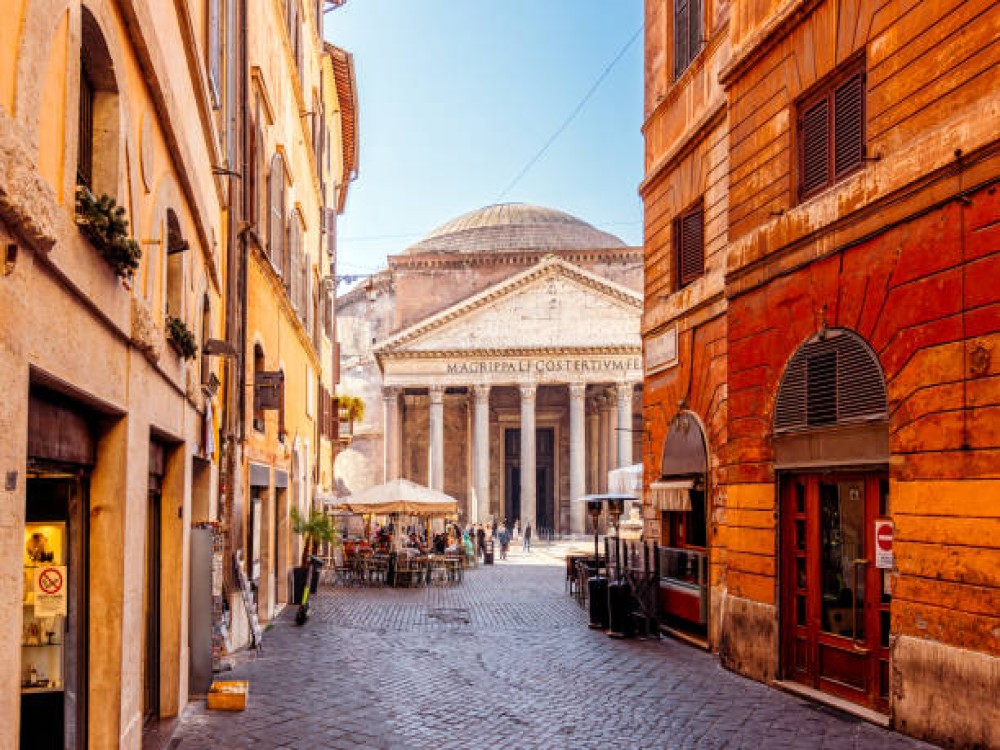

When to Get There
The best times to visit the Pantheon are early in the morning or later in the afternoon to avoid the heaviest crowds, particularly in peak tourist seasons (spring, summer, and holidays). Early visits also allow you to enjoy the peaceful atmosphere before the site becomes busier. Since the Pantheon is free to enter, it’s often a good idea to visit during off-peak hours. Avoid visiting on Sundays when large crowds may attend mass. If you’re traveling in the off-season, you’ll find the Pantheon quieter, offering a more serene experience while still appreciating its grand architecture and history.
Day Trips from Rome
If you’re spending a day exploring Rome, the Pantheon should definitely be on your itinerary. A visit here can easily be combined with nearby attractions. After the Pantheon, consider visiting Piazza Navona, just a short walk away, known for its Baroque architecture and stunning fountains. The Trevi Fountain is also nearby and provides a perfect stop for a photo op. If you're interested in history, the Roman Forum and the Colosseum are also within walking distance. For a deeper exploration of Rome’s ancient past, you can take a guided tour of the Pantheon and surrounding areas, learning more about its role in the city’s evolution over the centuries.
Copyright © 2025 All Rights Reserved


